PeopleTrans attended two of the three UDIA study tours today which were once again very interesting in providing real examples of development executed well for their intended markets.
In the case of Seniors Living, although this was simply a snapshot of three very different sites, they were all inviting with their own sense of appeal and character.
It was interesting to hear that the Croydon site (The Brighton by Catholic Health Care) had so many objections during the planning stage including “death threats”, when retirement villages are typically low impact developments with very little noise from traffic or other sources. The development also fitted very well within the surrounding residential houses so this was likely to have been a case of misconception of what the intended uses of the site were proposed to include.
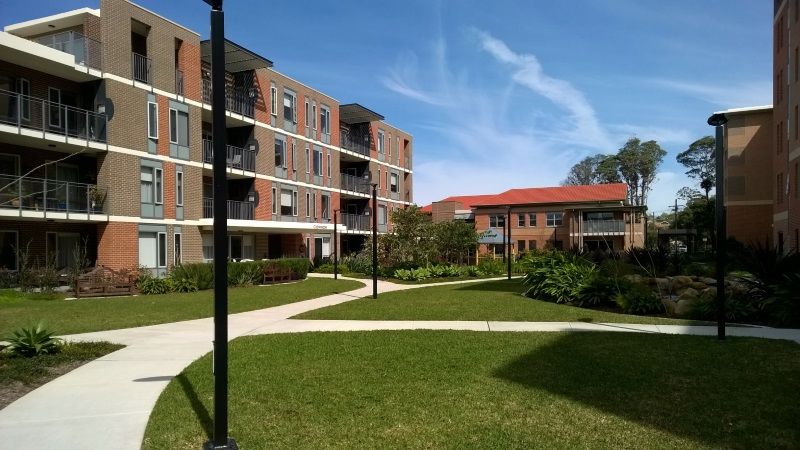
At Castle Hill it was great to see the original site of where Anglican Retirement Villages all started and the incredible restoration of one of the key buildings of the site which included tiles from Belgium and generous French polishing. We also visited, what could only be called “exclusive seniors living” in Vaucluse (Mark Moran Group) which had the distinct and intended feeling of being inside a luxury cruise ship but also with an obvious practical side as it related to the various levels of care. What was interesting at this site was the on-site restaurant and atrium which was open to the community as opposed to being only for residents.
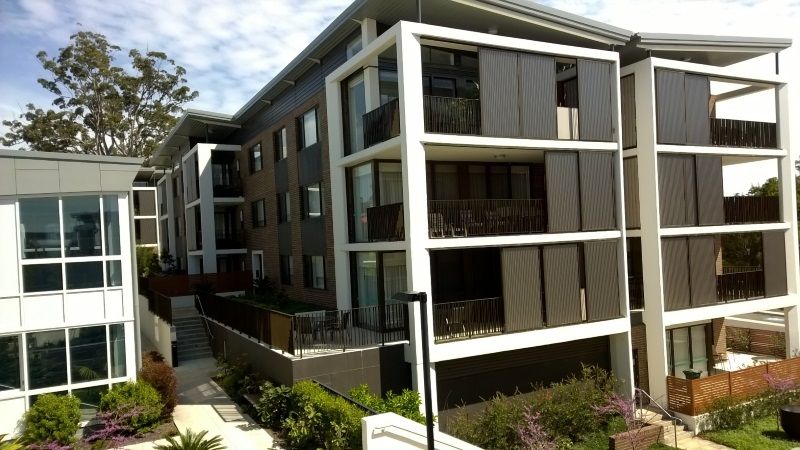
It has been said a number of times that the senior living models need to be designed to meet the needs of the intended market as it relates to socioeconomics. What we haven’t seen very much of at all in this City is a seniors living model targeted at the Asian market where the culture suggests an arrangement where elder parents and their children live within the same development but somehow creating a sense that the parents haven’t been placed into an aged care facility. Whether this can be achieved or not is unclear but with an aging population and a significant influx of Asian people into Australia this needs to be given some serious thought.
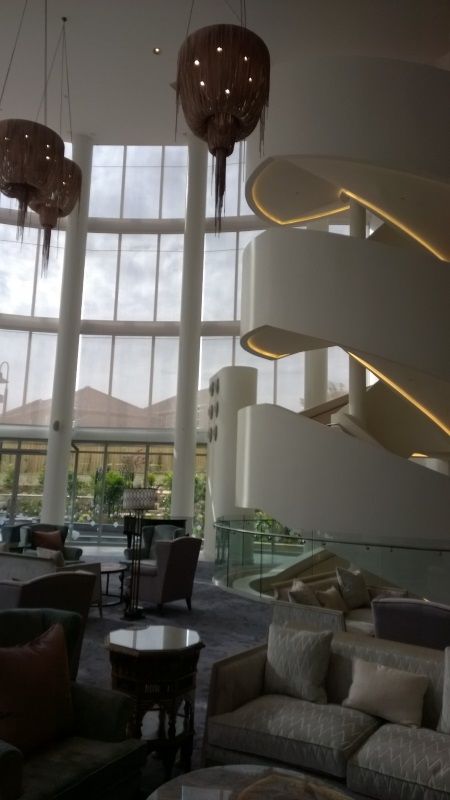
In the case of the High Density and Mixed Use sites, the three sites visited were in Ramsgate Beach (mixed use), Wolli Creek (mixed use) and Lindfield (residential).
The site on Ramsgate Road near the intersection of Rocky Point Road (Bayview) is the first major redevelopment in the Ramsgate Beach town centre. The first proposal for the site submitted to Council was higher than Council had envisaged for the area under its LEP that it submitted to Planning NSW, but as a result of the design of the site, Council were happy with the proposed changes and ended up applying similar development standards to the rest of the town centre. This development has shown that if you have a high quality design that meets the needs of the area, Council are sometimes willing to vary their design guidelines.
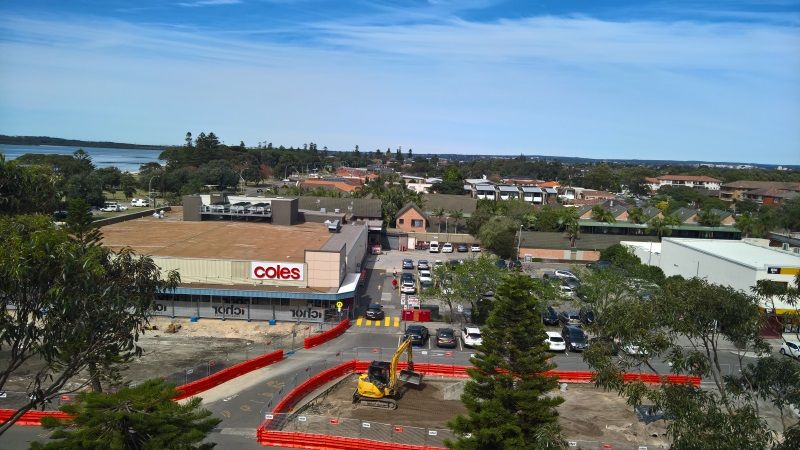
Discovery Point in Wolli Creek is the 2nd most dense development in Sydney with approximately 850 people per hectare, with only Central Park on Broadway with more people per hectare. It is centred around the Wolli Creek train station and has a maximum car parking cap on the site of 1,900 car parking spaces. This has resulted in car parking spaces being sold separately to apartments and approximately 50% of 1 bedroom apartments being sold without a car parking space. The site currently provides 4 car share spaces and is a real example of a Transit Oriented Development.
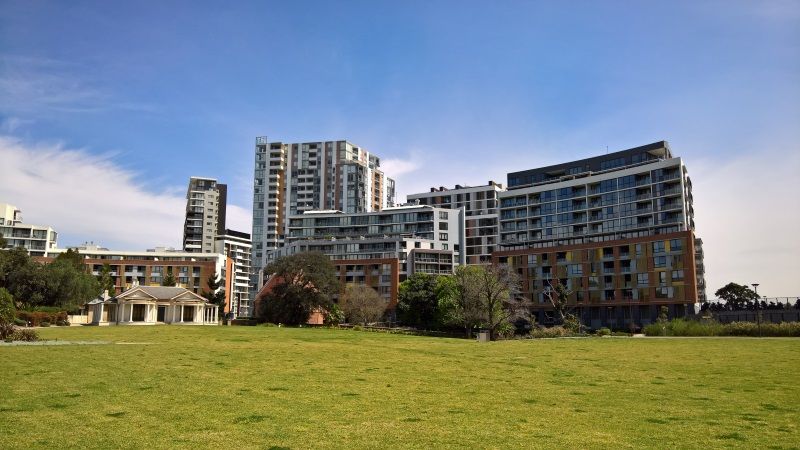
The site of the former UTS Ku-ring-gai campus was sold to Defence Housing Australia in 2010 for residential redevelopment. Commencing in 2011 and scheduled for completion in 2017, this is a steep and difficult site to develop. The developer worked closely in partnership with Council on a number of tricky issues throughout the project which included dedicating new public street (converting them from private ownership) and similar to Bayview in Ramsgate Beach, working with Council to refine the design guidelines for the buildings across the site.
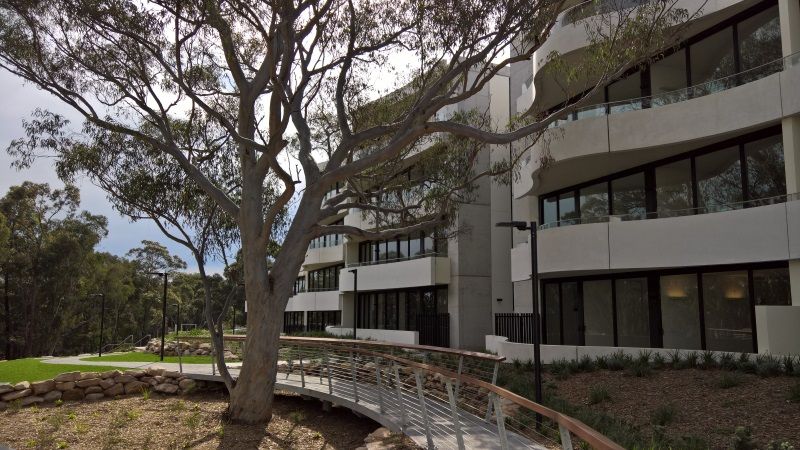
The study tour has reinforced the need for proper planning from the start of a project and the importance of working closely with key partners such as Council. Without a close partnership, this could result in significant delays. Although these study tours have only just occurred we look forward to next year's tours which we are sure will be just as interesting and informative.
For more information about PeopleTrans’ development capabilities, please contact with Alan Stewart or Matthew Houlden in our Sydney office on 02 8226 8760.
Published 20/9/16
